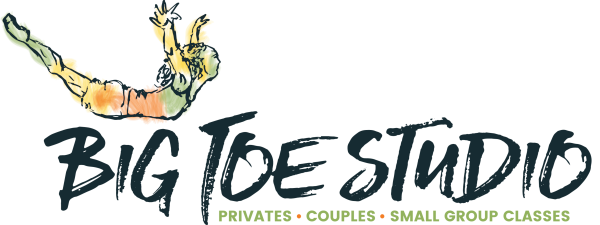
As Pilates continues to grow in popularity there appears to be many variations of the strict classical method of Pilates training emerging into the mainstream interpretation of how to teach Pilates to students. While recognizing that these variations of teaching Pilates will continue to grow and either take hold or diminish into the nothingness of “tried that, didn’t work” and ending with “move on to something else.” What is quite certain is that the very roots of Pilates teaching will consistently endure and flourish and that is the Classical Method of Pilates teaching.
Here is a descriptive text of an article written by Fay Porter and posted on the Big Toe Studio website blog page, a beautiful Pilates studio in Fort Collins, Colorado.
“Classical Pilates developed out of Joseph Pilates’ original students, with classes following a set format from which there is ideally no deviation or modification. Classical Pilates also supports and develops a different structure of body mechanics than Contemporary Pilates, with Classical Pilates emphasizing a flat back during movement patterns, squeezing the glutes the entire time, pulling the shoulder blades down the back, external rotation of the legs (legs turned out) through almost all movements, and dance-like emphasis on movements. In Classical Pilates both Mat and Apparatus-based classes are also designed so that all students are performing the same movement pattern in the exact same way at the same time. This can give more of a “boot camp” feel to the studio environment.
Contemporary Pilates was developed as a result of the ongoing incorporation of Physical Therapy and exercise science into Joseph Pilates’ original platforms. This style of Pilates has more options available in terms of sequencing of movements, inclusion of props, modifications or variations of exercises, progression of exercises and movement patterns, and utilization of different movement patterns and apparatuses by clients at the same time. Contemporary Pilates will also tend to emphasize a neutral pelvis during movement patterns, working within individual ability levels, and maintaining healthy spinal alignment during exercises.”
Without truly understanding the granular details of classical Pilates training, a contemporary Pilates teacher/studio can lose the expertise to design an effective Pilates exercise program for the’re students/clients. The classical method is based on the very detailed teaching of Pilates as originally designed by Joseph H Pilates and it takes a very skilled Pilates teacher to stay true to the original method of Pilates exercise planning while training students/clients in a contemporary manner resulting in a different arrangement of exercises to accommodate different abilities.
Teaching Pilates today is a skill that needs to accommodate the various needs of a growing population of interested students/clients that can enjoy the benefits of life changing Pilates. Classical Pilates training should be the cornerstone of every Pilates teacher original training to ensure their own personal success and contribute to the continued growth of Pilates as the very best option for a safe, effective and life changing exercise program.
